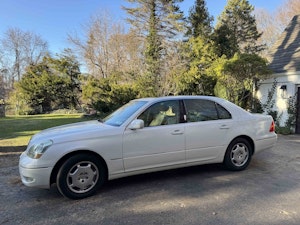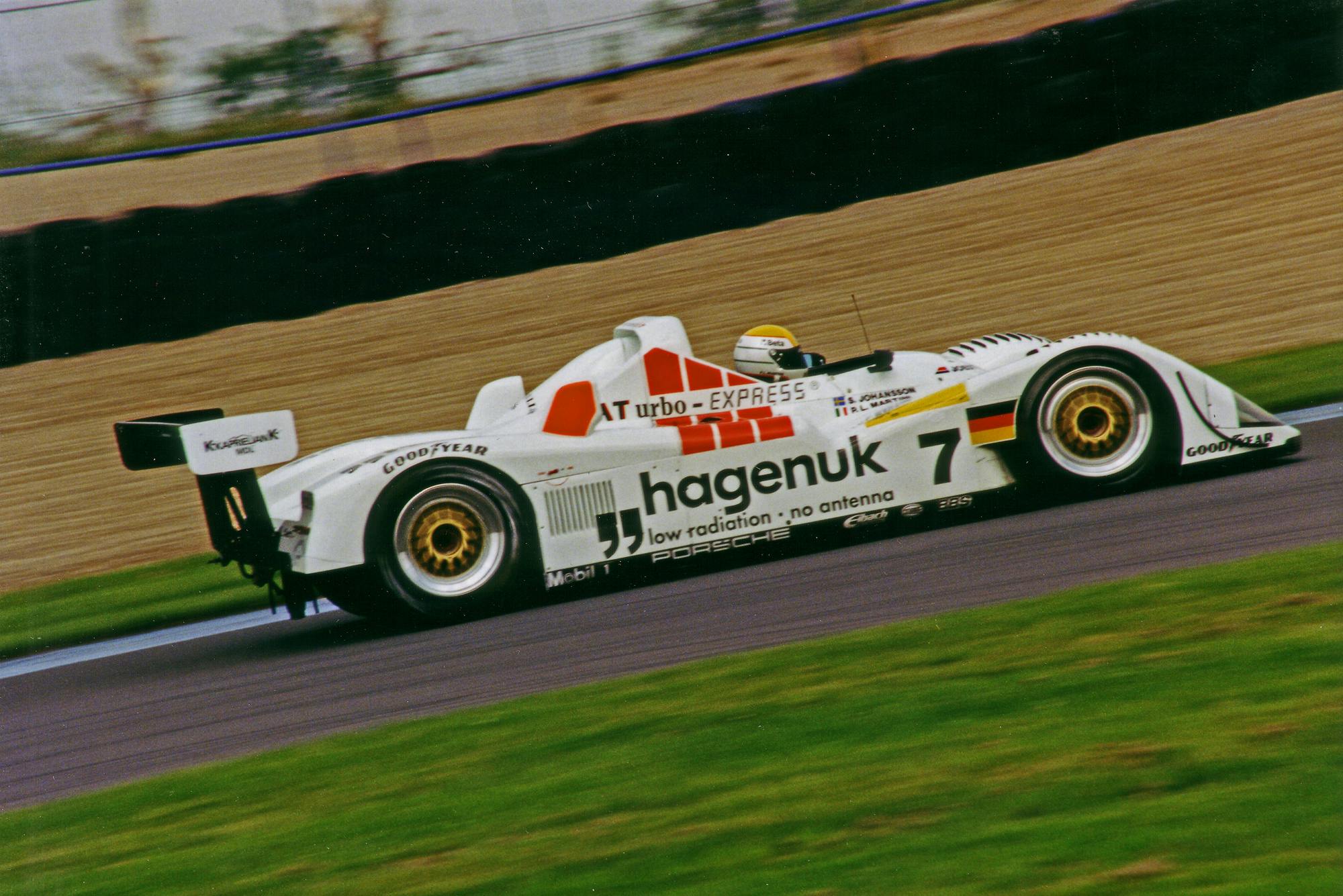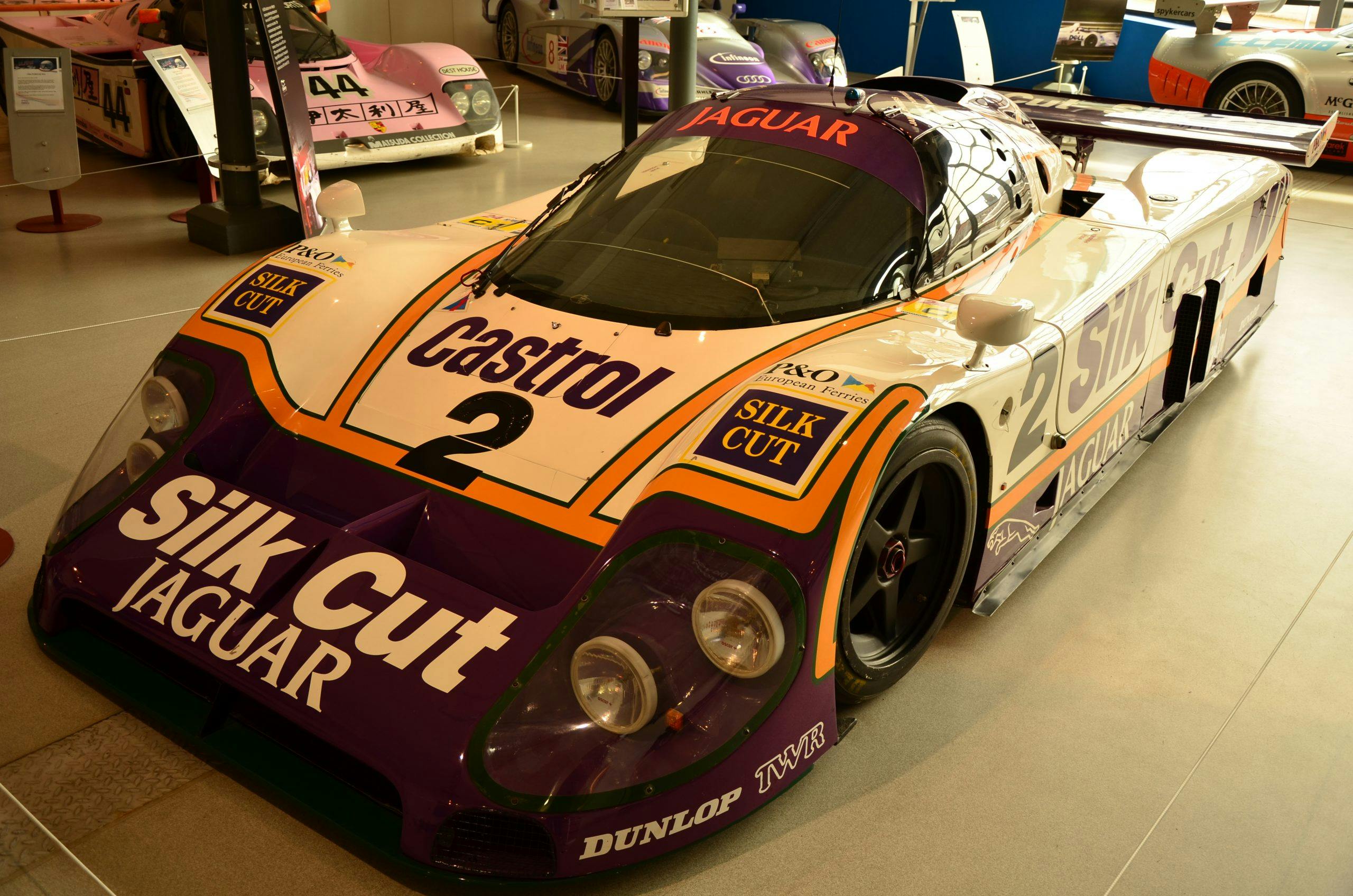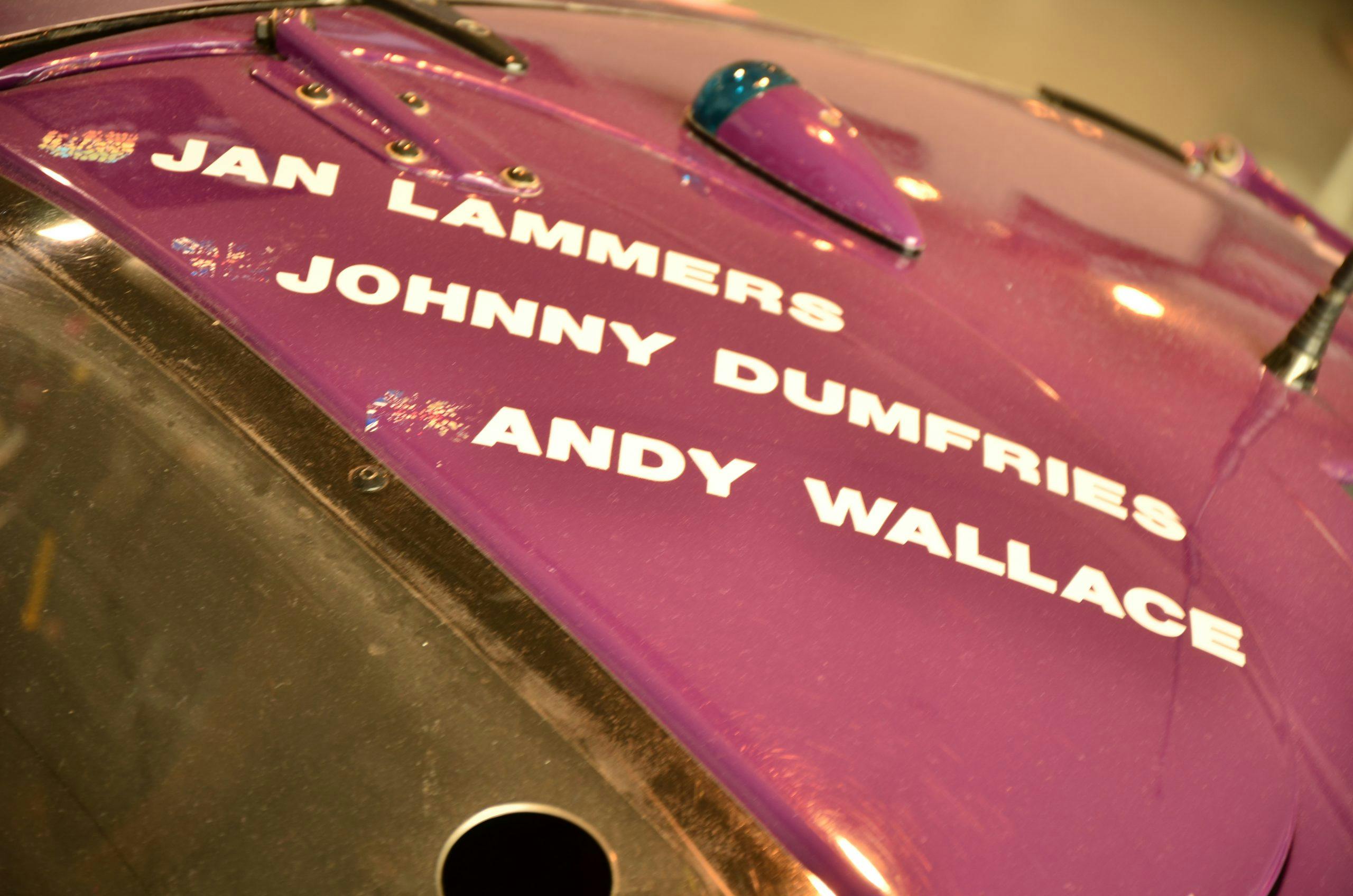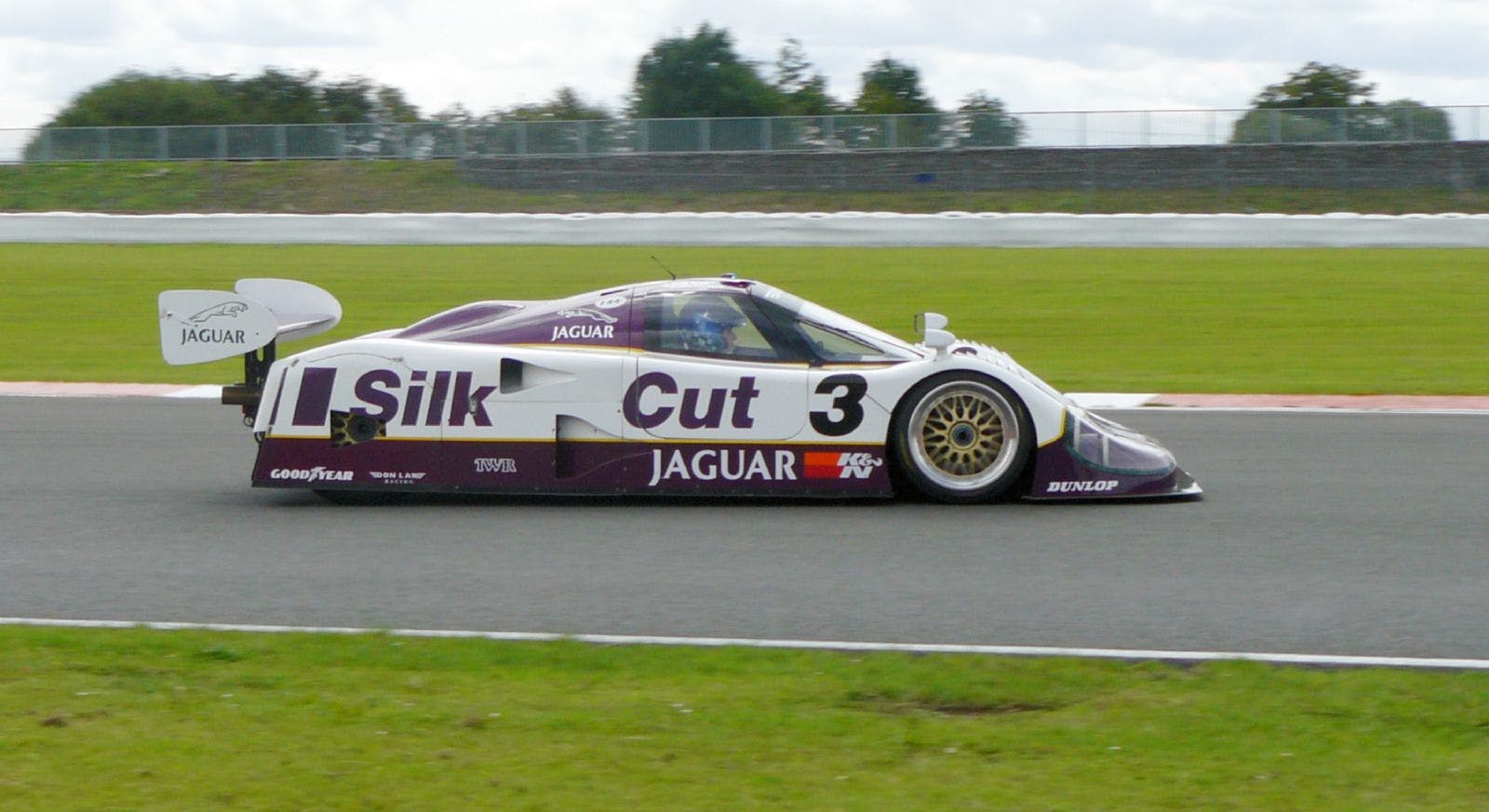Media | Articles
Tom Walkinshaw left a lasting legacy in international motorsports
When it comes to those who have left their mark across multiple eras and arenas of motorsports, names like Penske, Petty, and Andretti often come to mind. Less familiar to those who aren’t fans of touring car competition, however, is Walkinshaw. This Scottish-born outfit is now entering its fourth decade on the starting grid, having endured boom, bust, scandal, and glory on its path to an enduring legacy in racing history.
At the center of it all was Tom Walkinshaw, a Scotsman who made his name in Formula Ford with a 1968 championship. He managed to parlay that victory into a string of opportunities in Formula Two, Formula Three, and Formula 5000. A return to the top eluded him, but his relentless pursuit of a professional racing career kept him on Ford’s radar. The Blue Oval would give him the big break that would set the course for the rest of his life.
When Ford’s British Touring Car Championship (BTCC) team came calling in 1974, it could be argued that Walkinshaw was staring a step backwards straight in the face. Unlike his previous efforts in open-wheel racing, there was no clear path from the BTCC seat he was being offered to the era’s pinnacle of racing: Formula 1. Still, the Ford opportunity was more than just a season’s drive. Recognizing Walkinshaw’s skills in developing open-wheel race cars, Ford hoped he could perform the same magic with the brand’s Capri entry.
They were bang on. The Capri won its class in the 1974 BTCC, and in the space of just two years Walkinshaw broadened his horizons to exercise his special talent for producing very fast, very competitive race cars. Tom Walkinshaw Racing was formed in Kidlington, England, in 1976 for this express purpose, and the team would quickly spread its roots through the world of sports car racing.
Leaping into contention

TWR’s impact in touring car classes both in the British Isles and on the Continent was swift. Early campaigns relied on BMW (CSL) and Mazda (RX-7) platforms, with Win Percy taking a pair of BTCC crowns in 1980 and 1981 in the Japanese entry and Walkinshaw himself winning the Silverstone 6 Hours in the German.
Marketplace
Buy and sell classics with confidence
Still, it was the shift to Jaguar and its sleek XJS coupe in 1982 that proved Walkinshaw’s ticket to the next phase of his blossoming career. Within two years, TWR had won the European Touring Car Championship as well as Walkinshaw’s second first-place finish at Spa 24 Hours. By that point, TWR had vastly expanded its operations, working in partnership not just with Jaguar but also Rover to build competitive racing programs both on and off road.
In 1984, Walkinshaw experienced a fiery baptism in the southern hemisphere after crashing spectacularly at the start of Australia’s Bathurst 1000. The wreck was anything but a bad omen, however, as Walkinshaw was on the verge of become an Aussie racing legend.

Despite Jaguar withdrawing from ETCC competition, TWR forged on Down Under using the same XJS platform, treating fans to the most unexpected spectacle of 12-cylinder British luxury coupes dueling it out door-to-door with the more commonplace muscle found on the legendary race’s starting grid. Although these flying Jags were not especially successful there, TWR’s entertaining, plus-size efforts carved out significant real estate in the hearts and minds of Australia’s racing fans. The country would also later provide TWR with some of its most profitable, and longest-lasting business partnerships.
TWR takes Jaguar to victory

It’s at this point that TWR’s operations exploded. Although out of touring car contention, Jaguar enlisted Walkinshaw to run its operations in both IMSA and the World Sportscar Championship, securing back-to-back WSCC titles in 1987-88 (plus a win in 1991) with the purple-and-white Silk Cut Jaguar XJR-9.

Overall victory at Le Mans belonged to TWR’s Group C cars in 1988 and 1990, using V-12 power first in the XJR-9 and later in the XJR-12. In IMSA competition, TWR employed a twin-turbocharged V-6 engine for the XJR-10. Jaguar eventually dropped out of World Sportscar, but that six-cylinder drivetrain survived to power the brand’s very first supercar—the XJ220—which was designed alongside TWR’s team of race engineers.

So definitive was TWR’s success in IMSA competition during this era that when Porsche elected to get involved in the series in the mid-’90s, it snagged the XJR-14 platform, stuffed a Porsche turbo flat-six engine inside of it, and renamed it the TWR-Porsche WSC-95. Porsche would abandon the effort after an IMSA rule change in 1995, but an entry from Joest Racing that had Porsche’s blessing (but no official involvement) won at Le Mans in 1996 and 1997. Porsche even returned to the platform at the end of the ’90s to be used as the basis for its LMP1-98 race cars.
Saving Aston Martin

TWR participated in another corporate cross-pollination with a British firm during the 1990s: Aston Martin. TWR had from 1990 to 1992 sold the XJR-15, under the JaguarSport name and in limited numbers, as a road-going version of XJR-9 prototype, and in the past it had offered TWR Sport editions of the Jaguar XJS. After these projects, Walkinshaw wanted to get in on bespoke sports car action that promised additional profits.
To that end, as XJR-15 sales were winding down, he convinced a young Ian Callum to sketch out the sheet metal of the XJ41—Jaguar’s failed sports car project that had been percolating since the late 1980s and had been killed by Ford after it purchased the company—over the older XJS chassis. Callum completed the effort remarkably quickly, with TWR relying heavily on the Ford parts bin to keep costs lower.
Jaguar passed on Walkinshaw’s Frankenstein, but Tom did not want to take no for an answer. The car ended up in front of Aston Martin’s Walter Hayes, who was convinced that this was the vehicle that could restore the storied English luxury marque to profitability. Hayes pushed the project into development, giving birth to the Aston Martin DB7, and the minor sensation it caused at its 1993 Geneva Motor Show unveiling persuaded parent company Ford to put it into production. TWR never got its own sports car brand, but Aston Martin was saved.
F1 highs and lows

By the ’90s, nearly two decades after his Formula Ford championship, Walkinshaw found his way into the Formula 1 paddock. With a track record of success in sports car racing that was impossible to ignore, he joined Benetton as head of engineering in 1991. He played a key role not just in the furor over electronic driving aids that would briefly grip the F1 world in the mid-’90s, but also the blossoming of Michael Schumacher into a dominant world champion.
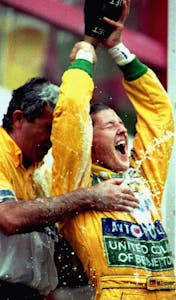
During the same time period, his TWR operation was also responsible for one of the most iconic British Touring Car Championship entries ever: the Volvo 850 Estate. Primarily entered to attract attention in 1994, it was eventually hobbled by rule changes designed to limit the aerodynamic advantage offered by its wagon platform (sedans were allowed a new rear spoiler which made them more slippery than the long-roof).

Buoyed by his success, Walkinshaw financially over-extended his presence in Formula 1. First he attempted to buy a majority stake in Ligier, and when that did not pan out, he purchased Arrows outright in 1996. The latter would prove to be both reaper and phoenix for the Scottish entrepreneur, as the team’s collapse in 2002 would lead to the sale of most of TWR’s assets.
New chapter Down Under

Rising from those ashes came an entirely new company—Walkinshaw Performance—that beginning in 2005 refocused its efforts on the growing Australian market. In the late-’80s, TWR had played a vital role in reviving the long-dormant Holden Special Vehicles division through its engineering and design services, and Walkinshaw returned to that well for a new partnership on both the street and the track.
By the mid-2000s, Walkinshaw Performance added the management of Holden Special Vehicles, the Holden Racing Team, and the newly-purchased Elfin Sports Cars to its portfolio. The effort further spawned Walkinshaw Racing (currently operating as Walkinshaw Andretti United), which competed in Australian GT and won six V8 Supercars Championships, picking up where the original TWR Australia involvement with Holden’s racing teams had left off after the Arrows collapse.

The victory lap would unfortunately be short-lived. Tom Walkinshaw had been personally devastated by the bankruptcy of TWR after the Arrows fiasco, and although he tried to diversify his interests by getting involved in professional rugby, he wasn’t able to make the same recovery as his racing empire. Walkinshaw died of cancer in 2010 at 64 years of age. His son, Ryan Walkinshaw, continues to champion the family name as team principal for Walkinshaw Andretti United, with his other son Sean competing as a driver in Super GT. Together, they ensure that their father’s legacy continues on the continent that most fully embraced a Scottish farmboy who couldn’t keep himself away from the track.








